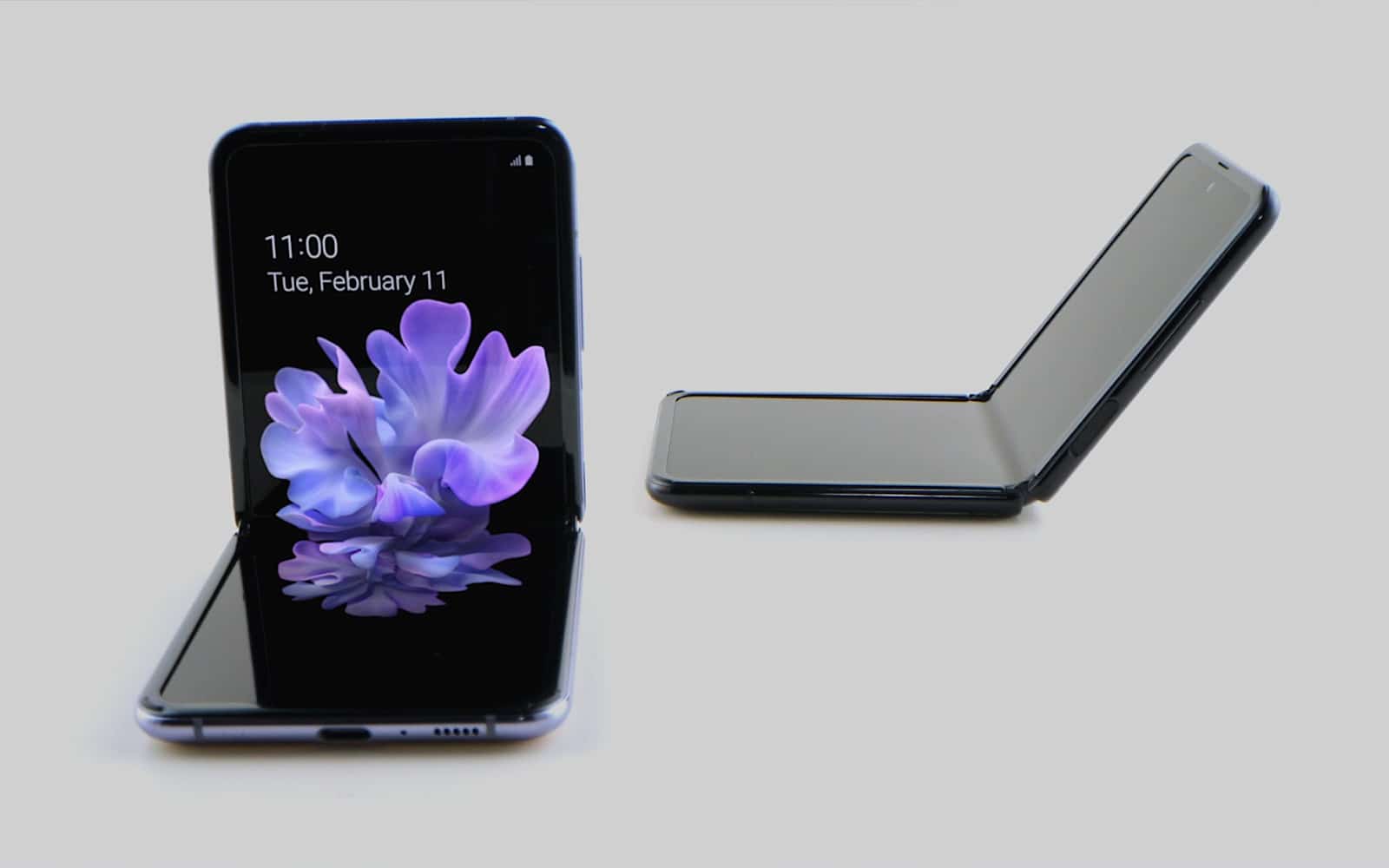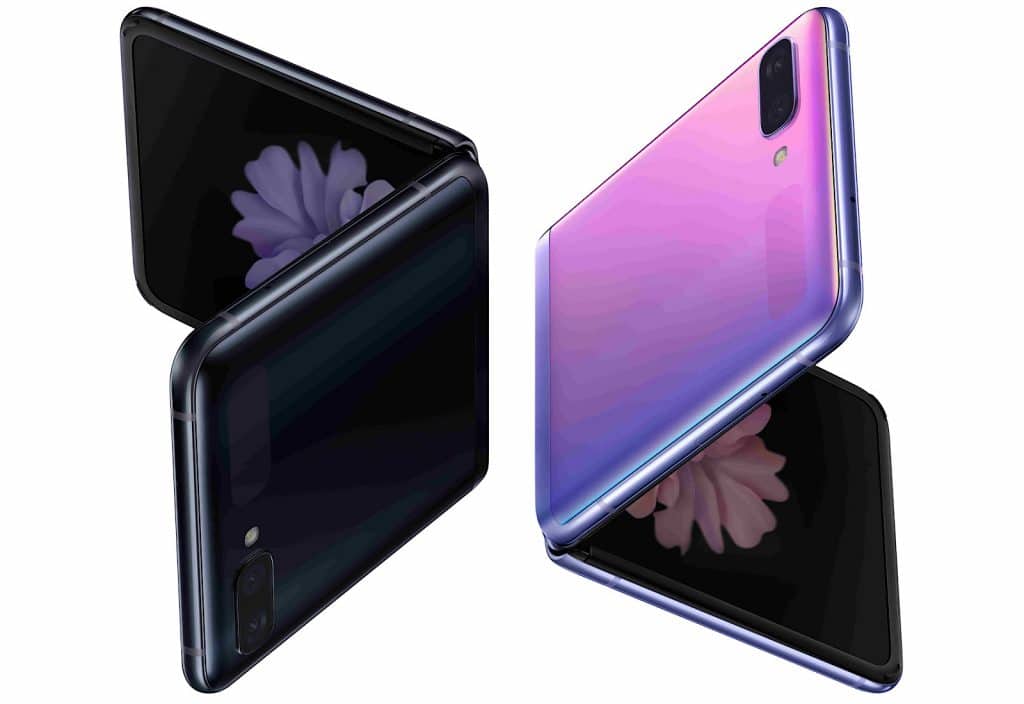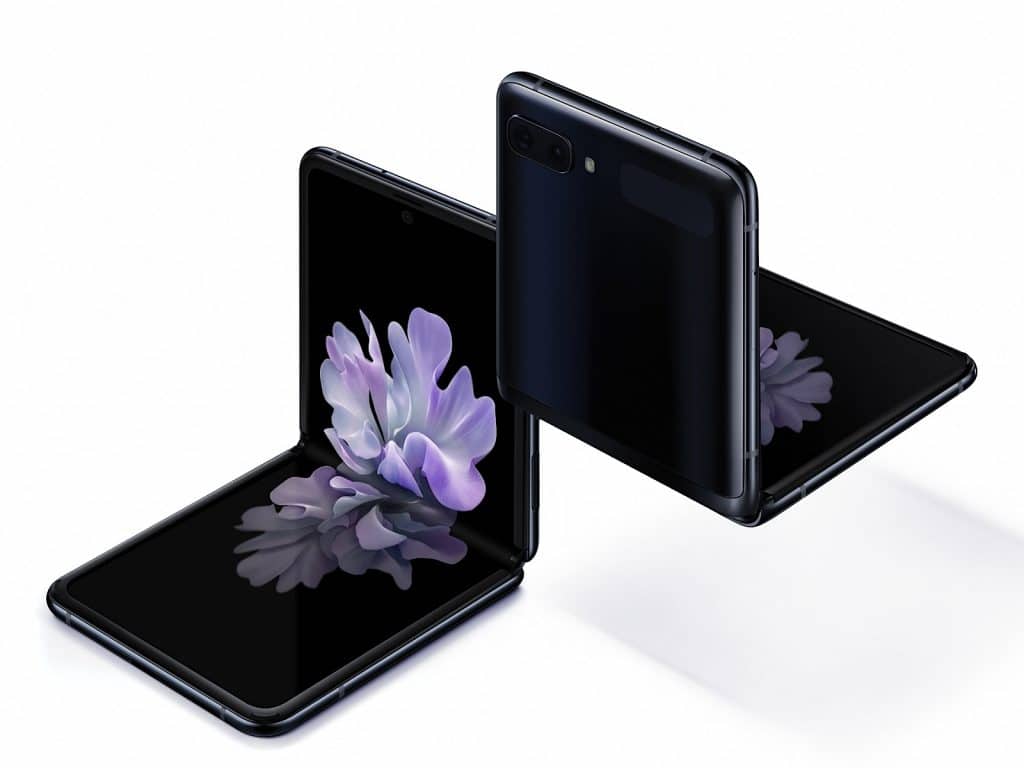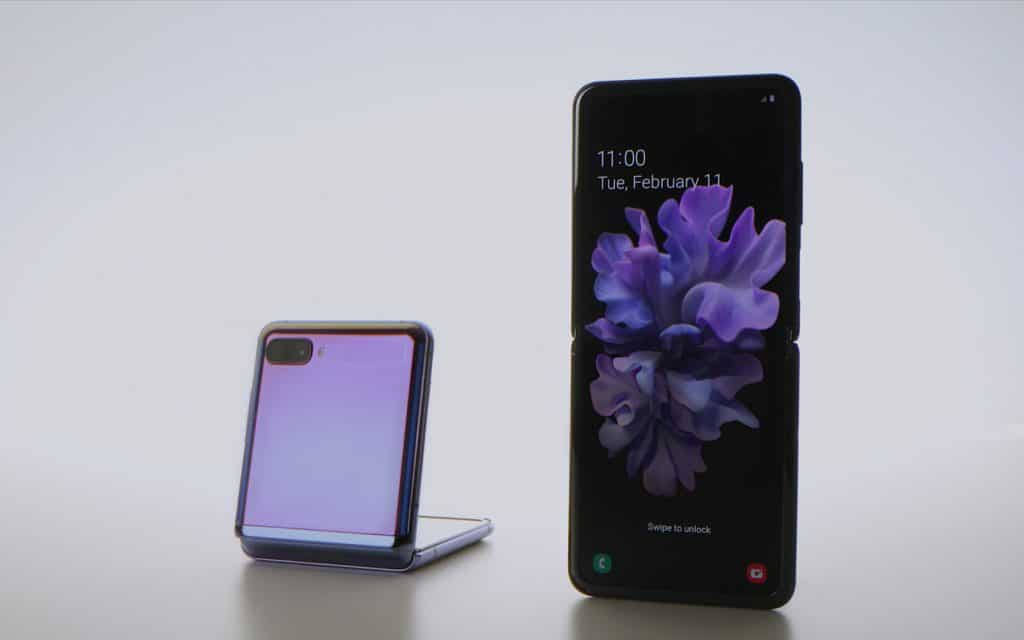The Galaxy Fold may have kicked off Samsung’s push into foldable phones, but it’s not the last time you’ll see the tech, as the Z Flip looks to take on Moto’s new Razr.
Last year was supposed to be the year of the foldable, but things didn’t quite turn out the way everyone expected. By the end of 2019, Australians only saw one foldable phone, and it wasn’t cheap, either.
Sitting at $2999, the tablet-phone hybrid that was the Galaxy Fold took one idea of what the foldable phone could be, and unfolded a long and slim phone into a tablet.
That’s one interpretation of what foldable phones could be, but it’s not the only one out there. In the past few months, Motorola has offered up another, as it looked to revive its old Moto RAZR clamshell phone into a touchscreen equivalent, building a folding phone that looked like a clamshell phone.
Yet Motorola won’t be the only one to try this, and Samsung has its own take on the formula, which will be coming in the Galaxy Z Flip, a phone that flips open like a pocket mirror or clamshell phone, and alows you to close shut on calls.
In fact, it appears Samsung has spent some time thinking about how the form-factor could be used, and building a foldable hinge that doesn’t need to be closed shut, but rather left open and used on a desk, handy for making video calls when you don’t want to prop the phone up and rest it against something.
Called the Galaxy Z Flip, it’s something that is a little bit different, and uses a foldable glass, something that’s new for Samsung, and that the company says is the “first-of-its-kind”.
Foldable glass is made to work with a folding hinge technology that allows a 6.7 inch screen to fold in half and close shut. There’s no lip or chin in the design like there is in Motorola’s equivalent, with the focus here being on something more streamlined and simple: the Galaxy Z Flip is a big phone you can fold into a small one, closing shut rather like a pocket mirror, though with a small OLED screen on the outside to inform you of any notifications.
Inside, it’s still a phone, though very much in line with what modern phones are, albeit a little reduced. Expect a high-end processor paired with 8GB RAM and 256GB storage, plus a slightly lower spec of WiFi Samsung is using, with the perfectly great 802.11a/b/g/n/ac WiFi instead of the newer 802.11ax variant in Samsung phones since 2019.
There are also two cameras a on the back, with a 12 megapixel ultra-wide and 12 megapixel wide, while the front gets a single 10 megapixel camera.
However the focus isn’t on the specs or even the camera. It’s the form-factor that should get your entire attention, with a special design that makes it a big phone that can snap into your pocket, and yet still keeps some of those niceties we like in phones today, such as fingerprint security, facial recognition, mobile payment support, and wireless charging.
It might just be about the smallest take on all of this, and yet also still a sizeable take, wrapping both big phone and small phone into the one body.
There is but one catch: Australia isn’t one of the first countries scheduled to get the Samsung Galaxy Z Flip. While we suspect Australia will see the Galaxy Z Flip as the year goes on, the US and South Korea are the first places that get Samsung’s second-gen folding phone.
As to what the price will be locally when the Galaxy Z Flip does launch, our best bet is that it should come in either around the same price as Motorola’s $2699 Razr, or near that of Samsung’s other folding phone, the $2999 Galaxy Fold.
We’ll let you know what that is when Samsung tells us, but for now, it’s just something that’s coming in the near future.









